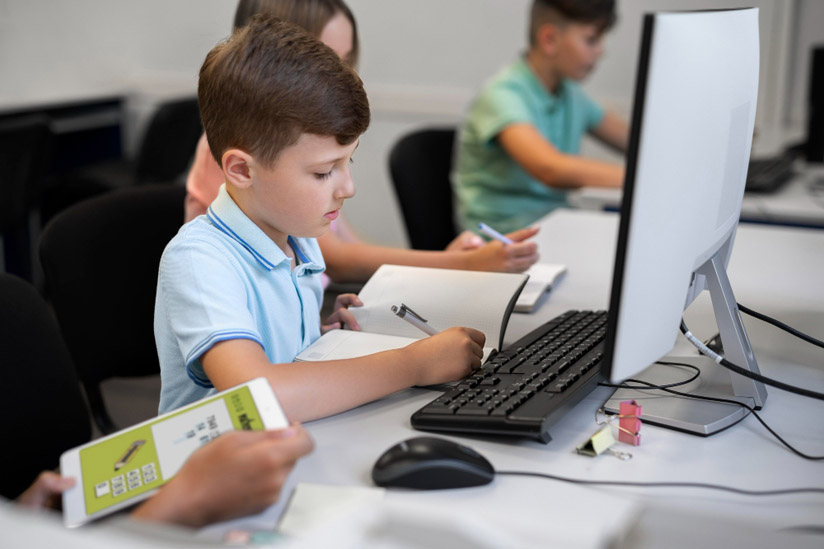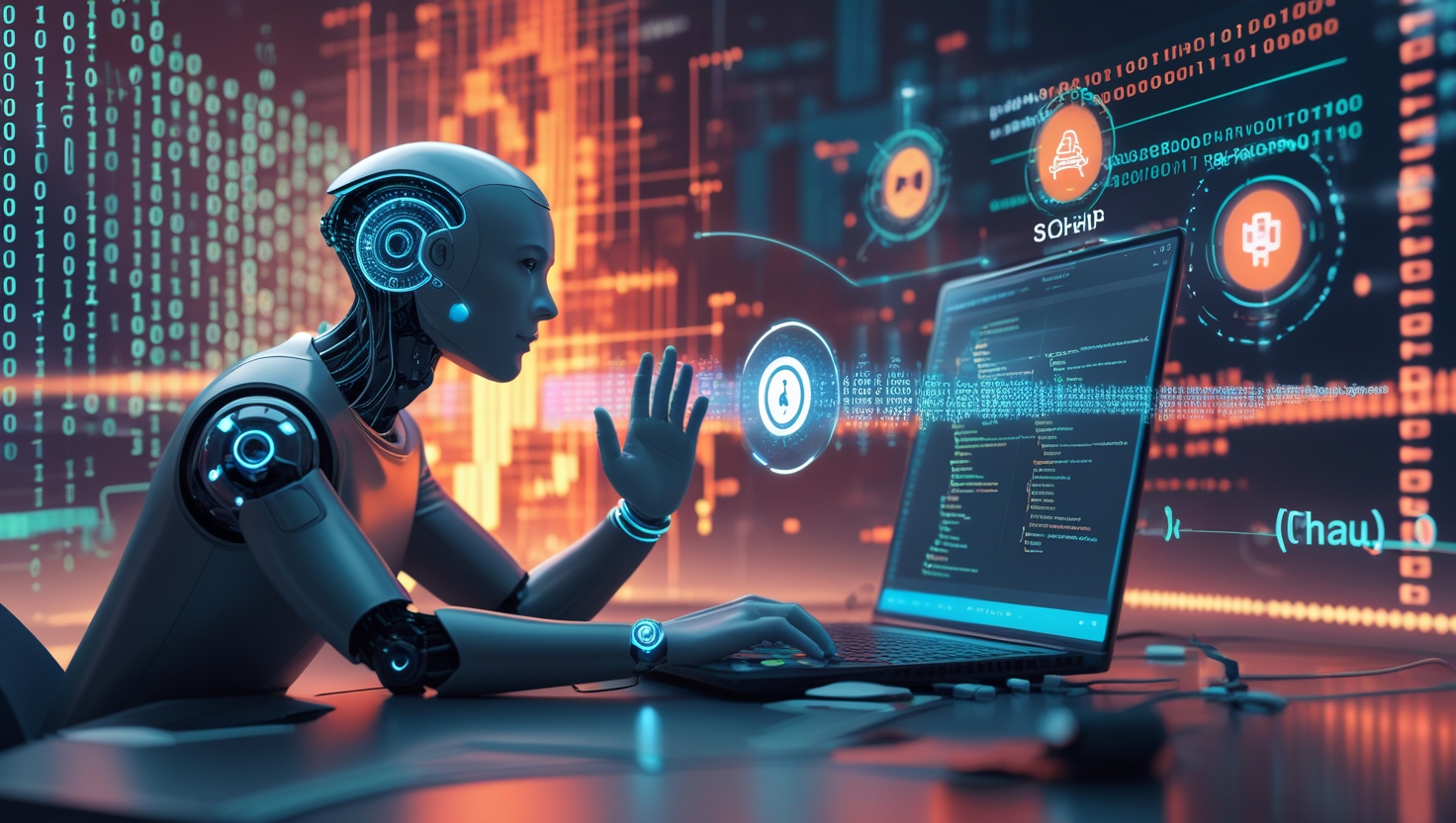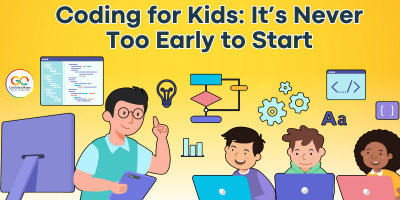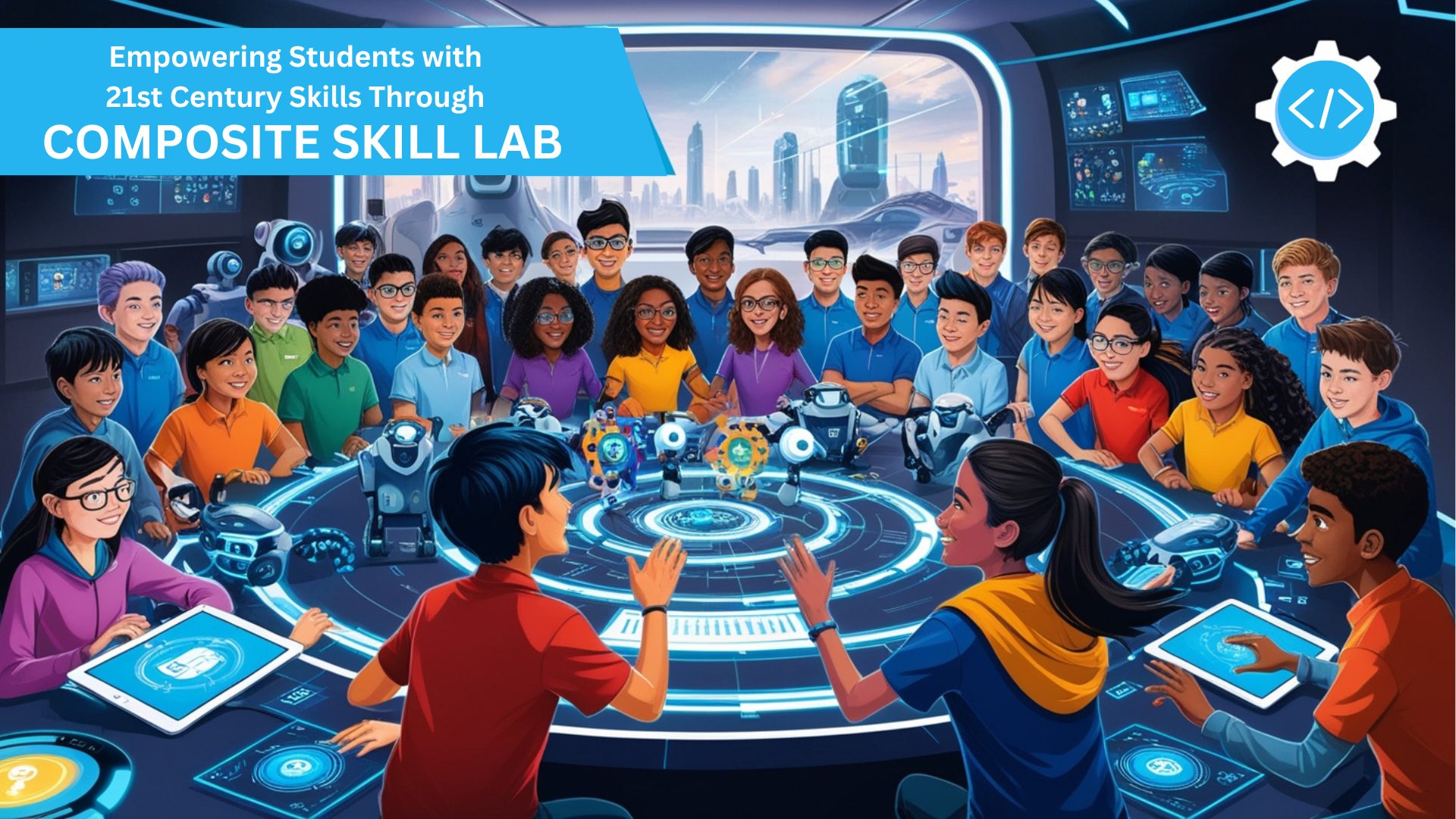Considering how quickly and widely technology has grown, it is not surprising that computers today play an important role in our daily lives. Many of us depend on technology to varying degrees, from the smartphones we use to call friends to the tablets we carry around to manage files.
Parents should monitor when and how their children are introduced to the large and sometimes complex world of technology. Kids need to learn computer basics to prepare them for a future that is increasingly dependent on technology. Knowing how to use a computer can open up new opportunities such as researching information, exploring the internet, and communicating with others. Computer literacy can also provide kids with the abilities required for success in school and in the workplace. With the right knowledge and skills, kids can use computers to find information, create projects, and even explore potential career paths.
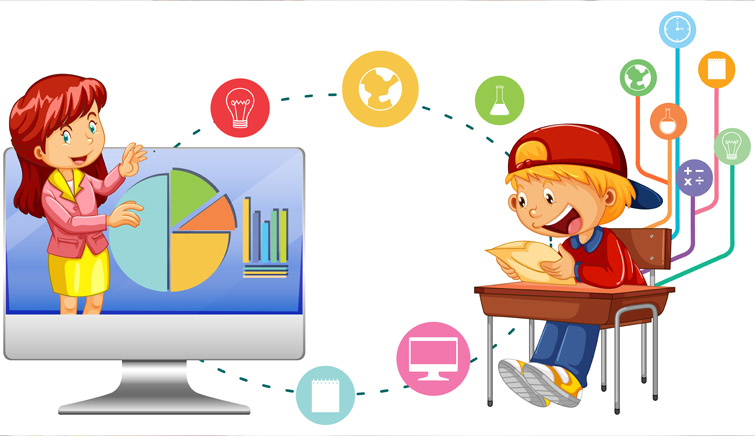
In this context, we can provide some instructions, recommendations, and advice regarding computer basics for kids.
First and foremost, we start with the question.
What computer basics should kids be familiar with? We’ve prepared this article to guide you through the following, so feel free to read on
- What are the computer basics for kids?
- When is the best time to teach kids the basics of computers?
- Am I supposed to watch my child’s online activity?
- Computer Basics for Kids: What They Need to Know
- Keyboard and mouse basics
- Basic knowledge of software and applications
- A basic introduction to the internet Fundamental concepts of effective and secure
- Coding for kids
- Techniques for Teaching Kids Computer Basics
- Conclusion
What Are the Computer Basics for Kids?
Computer basics are the fundamental skills required to use and communicate with a computer effectively. Understanding how to use the many components of the computer to get a certain result is one example of this. Computer literacy is built on computer fundamentals. Using the fundamental ideas correctly and understanding them once will create opportunities for later usage and more complex procedures.
For kids just starting, it’s important to understand the basic components of a computer. These include the monitor, the CPU (central processing unit), the power supply, the motherboard, the hard drive, and the various ports and connectors. Kids should also learn the fundamentals of how a computer works, such as how it stores and retrieves data, how it communicates with other computers, and how software is used to control the computer’s operations.
Another important component of computer basics for kids is the use of proper ergonomics. Kids should learn the importance of sitting up straight, having their monitor and keyboard at the right height, and taking regular breaks to avoid eye strain and fatigue.
Finally, kids should also learn the basics of cyber security, such as how to create strong passwords, recognize phishing attempts, and spot malware and viruses. Computer basics for kids are an essential part of any kid’s education. By learning the basics, kids can gain an understanding of how computers work and how to use them safely and effectively.
When is the best time to teach kids the basics of computers?
The age at which a child can use a computer varies depending on the child’s level of maturity, the type of computer, and the types of activities being done. Generally speaking, most experts recommend that children start using computers and engaging with technology at an early age, as soon as they can understand how to use the device safely and responsibly.
Little kids as young as three years old may start showing an interest in computers (or similar devices). They’ll be curious about using tablets, computers, and cellphones around them, and you could catch them playing with them when you’re nearby.
Kids as young as four may be able to recognize the letters and numbers on the keyboard. Kids could even be able to understand simple phrases like “Open,” “Close,” and “Okay” that appear on the screen. Yet they won’t move beyond the top level regarding understanding and knowledge of how to truly utilize a computer.
In addition, we believe that for both practical and mental reasons, as well as safety concerns, kids under the age of four shouldn’t use a computer by themselves.
Therefore, at what age may kids first use a computer? We would suggest children between the ages of 5 and 7.
Am I supposed to watch my child’s online activity?
Yes! It is important to monitor your child’s online activity. This will help protect them from hackers, unsuitable information, and abuse. You can set up parental controls on the devices they use, monitor their social media accounts, and talk to them about their online activities.
As we mentioned earlier, kids aged 7 and below should always have an adult present to watch everything they’re doing on the computer (and to help them, should they need it). At the age of 8 or 9, children are old enough to understand the concepts of action, consequence, and direct effect. That is to say, they’ll know that breaking internet rules or experimenting with computer or internet settings could have negative effects.
Computer Basics for Kids: What They Need to Know
- a) Keyboard and mouse basics
How to move the mouse, control the cursor, the difference between a left-click and a right-click, proper typing position (hand placement, etc.), different key groups (number keys, letter keys, special keys), and how to use keyboard shortcuts are just some examples of computer basics for kids.
Here are some elements you should highlight:
- What do “special keys” like Enter, Shift, CTRL/CMD, and the space bar do?
- How to use the arrow keys to move around the screen
- Touch-typing
- Simple keyboard shortcuts like CTRL/CMD + V and CTRL/CMD + C
- “Hovering” over something versus “clicking” on it
- The difference between “left-click” and “right-click”
- Controlling the cursor by controlling the mouse (hand-eye coordination plus fine motor skills)
- b)Basic knowledge of software and applications
Once your kid knows how to connect with the computer through input, it’s time to introduce them to the essential software, programs, and applications they’ll most likely encounter regularly.
Here are some computer programs we feel kids should be familiar with early on:
- Basic Computer Skills: Basic computer skills such as using a mouse, and keyboard, and navigating menus and windows are essential for all children.
- Word Processing: Word processing programs such as Microsoft Word allow kids to create and edit documents.
- Spreadsheets: Spreadsheet programs such as Microsoft Excel allow kids to input data, create formulas, and generate charts and graphs.
- Presentation Software: Presentation software such as Microsoft PowerPoint allows kids to create slideshows and multimedia presentations.
- Coding: Coding is becoming an increasingly important skill, and there are a variety of coding languages and programs that kids can learn.
- Graphic Design: Graphic design programs such as Adobe Photoshop allow kids to create and edit images and other graphics.
- Video Editing: Video editing software such as Adobe Premiere Pro allows kids to create and edit videos.
- Social media: Social media platforms such as Instagram and Snapchat allow kids to stay connected with friends and family.
- c) A basic introduction to the internet Fundamental concepts of effective and secure
Kids need to understand how to use the internet securely and effectively since it is so easy to spread false information and false controversies nowadays for entertainment. This involves trying to align them with trusted, better-organized, and secure mobile applications.
Knowing how to identify official and reliable news websites from unauthorized ones is important for older kids.
- Knowing the boundaries or guidelines for proper app usage is important for younger kids.
- appropriate media sharing for older kids, such as what they share on their social media profiles and with their peers in terms of links and websites, etc.
- Information evaluation techniques (the information itself plus its source)
- The significance of protecting personal information
- d) Coding for kids
Coding for kids is a great way to prepare them for the future. By introducing coding concepts and activities to kids, they can get an early start on understanding technology and the skills they need to succeed in the digital age.
Coding can help kids develop problem-solving, critical thinking, and creativity skills that can be used in a variety of settings.
Additionally, coding can help kids build confidence in their ability to use technology and create with it, and it can open their minds to new possibilities.
Techniques for Teaching Kids Computer Basics
There is no turning back once you introduce your child to the world of technology. Regardless of your opinion, technology will influence how individuals live as they become older. Your child will connect with computers or digital media in some way, whether it is through mobile phone applications, social networking sites, or online gaming.
Before we end this, here are a few professional tips we can offer when it comes to teaching computer basics to kids:
- Start with the Basics: Introduce basic concepts such as the parts of a computer, block diagram of digital computer, how to use a mouse, and how to open and close programs.
- Use Visual Aids: Utilize pictures, diagrams, and videos to help explain concepts or demonstrate tasks.
- Use Games: Incorporate fun games and activities to keep students engaged and allow them to practice their skills.
- Focus on Safety: Teach kids about online safety and how to protect their privacy.
- Allow Exploration: Allow students to explore and experiment with the computer, as this will help them learn faster.
- Embrace Mistakes: Errors are part of the learning process, so make sure to encourage kids to keep trying and not be afraid of making mistakes.
- Utilize Technology: Utilize technology to make learning more fun and engaging. For example, you can use interactive websites, educational apps, and online programs to teach computer basics.
- Offer Support: Allow students to ask questions and provide support if they get stuck or need help.
Conclusion:
The best conclusion from a basic computer course for kids is that it is an excellent way for them to learn the fundamentals of using a computer and technology. It can give them the knowledge and skills they need to succeed in the future. With the right guidance and instruction, kids can become tech-savvy and better understand the digital world they live in. Additionally, the course can help foster creativity, collaboration, problem-solving, and creative thinking skills, which are valuable in many areas of life.

